In 2024, Sacramento County counted 437 transition-age youth experiencing homelessness on a single night, with 40% completely unsheltered. But that number only captures one moment. It doesn’t count the young people doubled up on friends’ couches, sleeping in cars, or cycling between unsafe situations. Many are former foster youth, pregnant or parenting teens, LGBTQ+ youth rejected by families, or young people with criminal records that block housing access.
When John Paul Soto joined Lutheran Social Services of Northern California in 2000 as a case manager, he brought a deep commitment to serving vulnerable populations and belief in community advocacy. Twenty-five years later, as Deputy Director overseeing the North Coast Area, JP has become integral to both LSS’ mission and the broader fight for social justice throughout the San Francisco Bay Area.
As we close the first quarter of our fiscal year 2026, major changes in federal homelessness funding are creating uncertainty for organizations throughout our sector. These changes are affecting our planning for next year and beyond, requiring us to adapt our strategy to ensure we can continue serving our neighbors who need us most.


